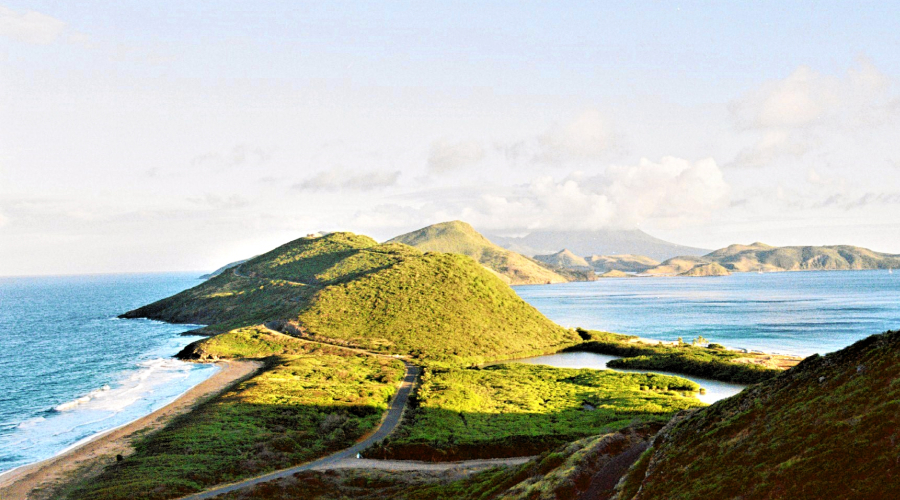The World’s 10 Smallest Countries
As many of you know, South Korea is not a large country in terms of land area. The Korean Peninsula originally spanned about 85,250 square miles (220,748 km²), but after division, South Korea’s area is roughly 38,690 square miles (100,210 km²). This is about one-third the size of nearby Japan and 96 times smaller than China. Yet, there are countries even smaller than South Korea. So, where are the world’s smallest countries, and how are they situated? Let’s find out.
10. Malta [122 sq mi (316 km²)]

The 10th smallest country in the world is Malta, located in the Mediterranean Sea. With a land area of just 122 square miles (316 km²), only three of its seven islands are inhabited. Compared to South Korea, it’s about 315 times smaller, yet it has a population of 510,000. This makes Malta not only one of the smallest countries but also one of the most densely populated.
9. Maldives [115 sq mi (298 km²)]

The Maldives, a familiar destination, ranks as the 9th smallest country. Known for its shimmering seas, stunning beaches, vast natural beauty, and luxurious resorts, it attracts countless tourists annually. Comprising over 1,000 islands, only about 200 are inhabited. Despite its small size, the Maldives has a rich history, with evidence of human habitation dating back to the 5th century BCE.
8. Saint Kitts and Nevis [101 sq mi (261 km²)]
Saint Kitts and Nevis is a nation made up of two beautiful islands, with a total area of 101 square miles (261 km²) and a population of about 50,000. Originally inhabited by the Carib people, it became a British colony in the 1700s, and today, few indigenous people remain.
7. Marshall Islands [70 sq mi (181 km²)]
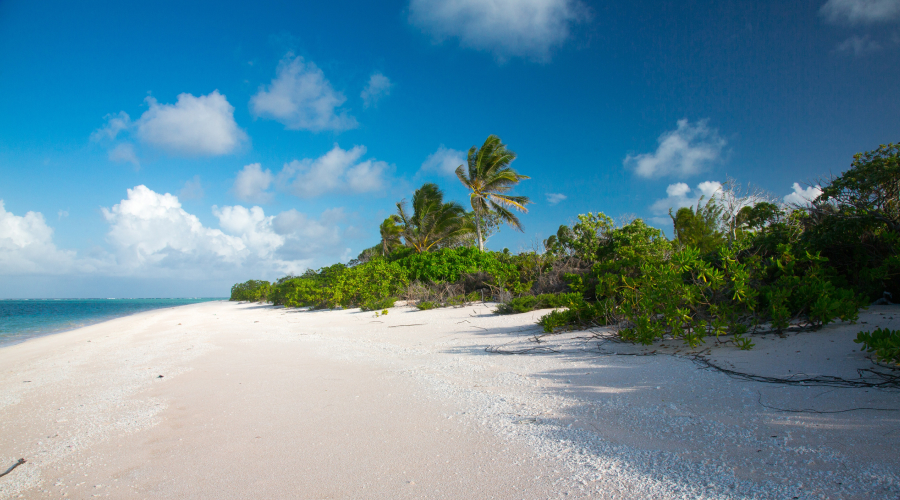
The Marshall Islands, composed of hundreds of islands and dozens of coral atolls, has a land area of 70 square miles (181 km²) and a population of about 68,000. Home to 160 species of coral and 800 species of fish, it’s a prime destination for scuba diving and snorkeling. Interestingly, its official currency is the U.S. dollar.
6. Liechtenstein [62 sq mi (160 km²)]
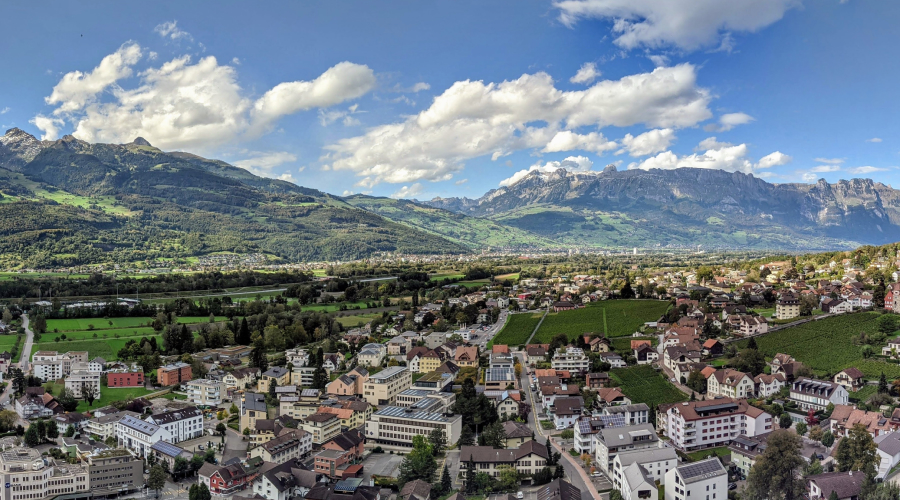
Nestled between Austria and Switzerland, Liechtenstein is one of the world’s smallest countries, with an area of 62 square miles (160 km²) and a population of about 37,000. Don’t let its size fool you—this nation is among the wealthiest, boasting a per capita GDP of $25,000. Its unemployment rate is below 1.5%, and it produces most of its agricultural goods domestically. Liechtenstein’s prosperity stems from early open economic policies, including a customs union with Switzerland, EFTA membership, and EEA agreements.
5. San Marino [24 sq mi (61 km²)]
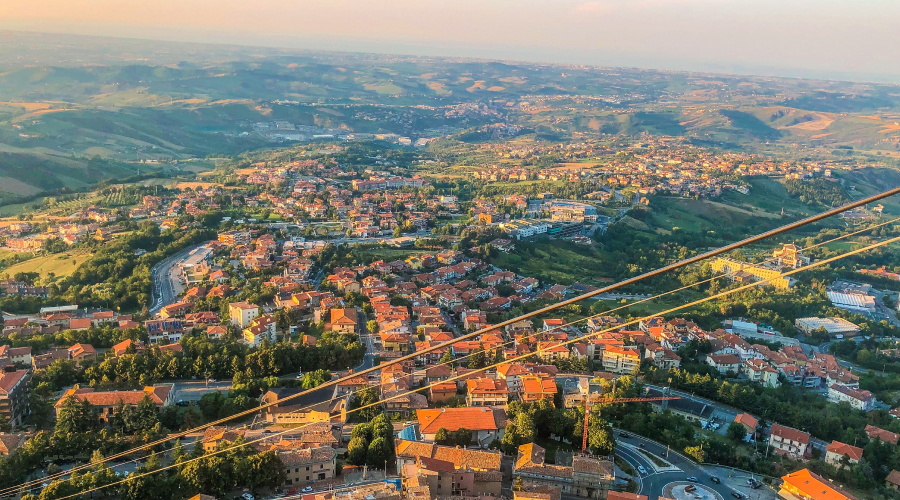
From the 5th spot, land areas become extremely small. San Marino, with just 24 square miles (61 km²), is the third smallest country in Europe and the fifth smallest globally. Despite its population of only 30,000, it ranks among the world’s wealthiest nations, with an economy driven by tourism, banking, and textiles.
4. Tuvalu [10 sq mi (26 km²)]
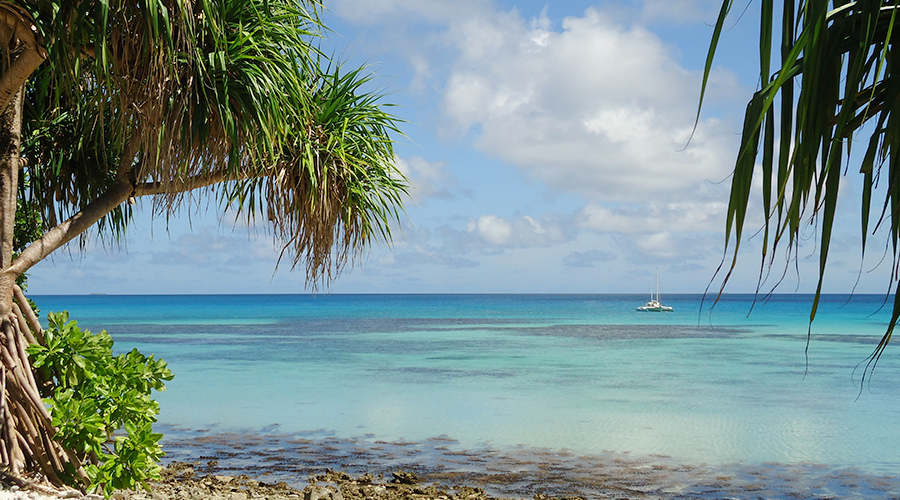
Tuvalu, the 4th smallest country, consists of five atolls and four islands, covering just 10 square miles (26 km²) with a population of about 11,000. It’s not only one of the smallest but also one of the lowest-lying countries, making it vulnerable to rising sea levels. Despite this, its stunning natural beauty attracts many tourists each year.
3. Nauru [8 sq mi (21 km²)]
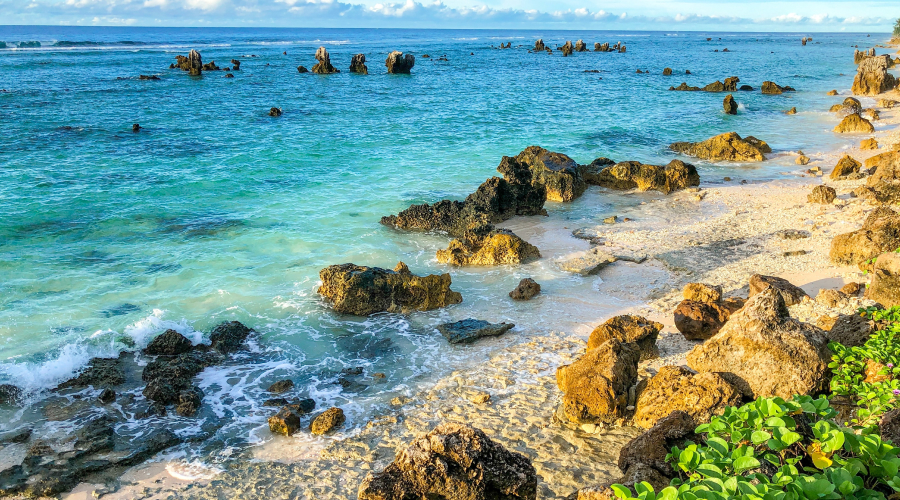
Nauru, with a land area of only 8 square miles (21 km²), is the world’s smallest island nation and the second least populous, with about 9,000 residents. Uniquely, much of its land is composed of phosphate, making phosphate mining and export its primary industry.
2. Monaco [0.77 sq mi (2 km²)]

Monaco, the second smallest country, spans just 0.77 square miles (2 km²). Despite its tiny size, it has a population of about 36,000, making it the world’s most densely populated country. It’s also among the wealthiest, with its economy driven by casinos and the prestigious Monaco Grand Prix, the world’s most renowned car race.
1. Vatican City [0.17 sq mi (0.44 km²)]
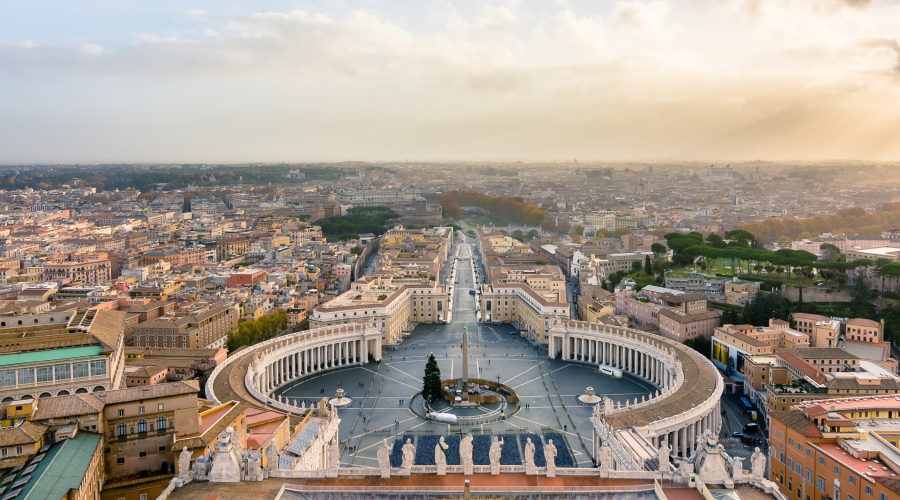
The smallest country in the world is Vatican City, with a mere 0.17 square miles (0.44 km²). Its ability to function as a nation is supported by attractions like St. Peter’s Basilica, the Vatican Museums, and the Sistine Chapel, which draw millions of tourists annually—accounting for half its population each year. Vatican City also has the world’s shortest railway, spanning just 0.79 miles (1.27 km). It’s amusing to think a railway exists for a distance you could easily walk.
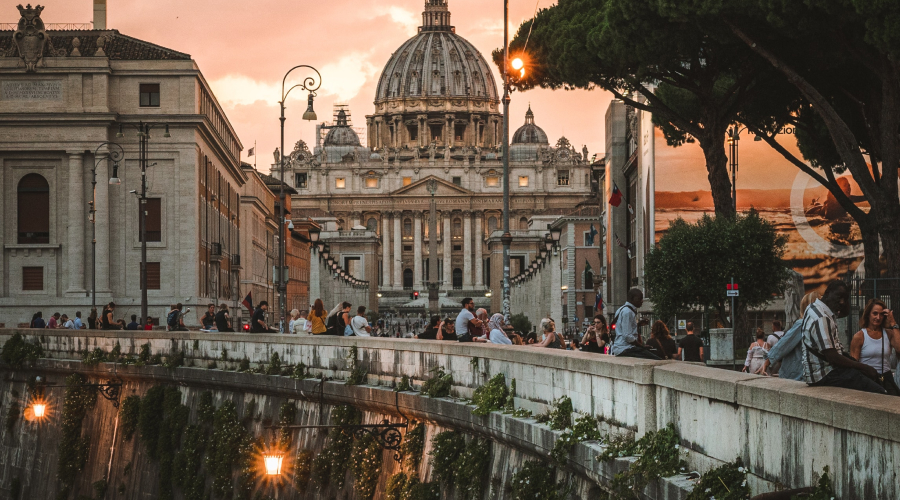
Interestingly, Vatican City wasn’t always this small. Before 1870, it spanned over 17,000 square miles (44,000 km²). However, after Italy unified most of the Papal States in 1870, its territory shrank significantly. In 1929, both parties agreed to recognize Vatican City as an independent state, but by then, its reduced size made it the world’s smallest country. Learning about these tiny nations puts South Korea’s size into perspective—it doesn’t even come close to being small. Still, it’s hard to understand why development in South Korea remains so uneven across regions.

